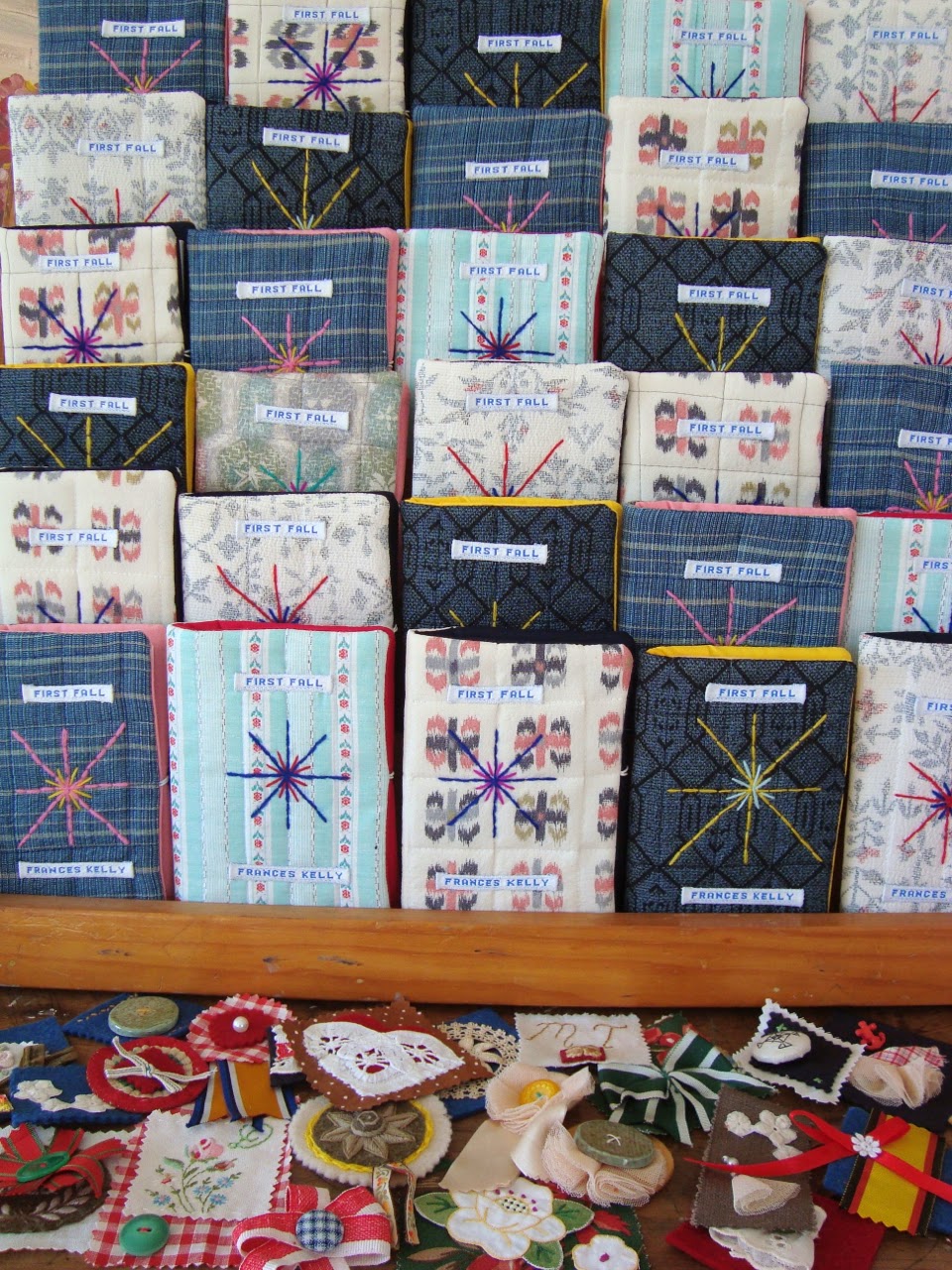Pale Star

This is a unique book art project made as a gift for Jack, and inspired by his poem 'Pale Star,' which reads:
Pale Star:
K.M., 1923
(after Xu Zhimo)
Unintentionally imitating Chinese style
her hair was pitch black & straight
Her features seemed to me
like the purest Indian jade
or pristine snow in the Alps
Her brightly-coloured clothes
might have aroused some criticism
had they been worn by anyone else
on her they looked becoming
like green leaves on a flower
Her figure was so fragile
that a man standing beside her
felt his breathing to be too coarse

And here's Jack's account of how the poem came about:
The poet Xu Zhimo (1897-1931) visited Katherine Mansfield only once, shortly before his return to China from Cambridge, where he'd been completing postgraduate studies. The account he wrote of this visit (available in translation in A Fine Pen: The Chinese View of Katherine Mansfield, ed. Shifen Gong (Dunedin: University of Otago Press, 2001): 117-28), designed as a poignant pen-portrait of the dying beauty, reads - at times - rather more like a French farce, as the poor poet begs and cajoles the watchful Cerberus Middleton Murry to allow him just a couple of minutes alone upstairs with his wife ...
I thought myself exceptionally unlucky. There she was, confined to her own room, into which it seemed that only old friends were allowed. I was a foreigner and a stranger, and it would be impossible for me to gain access. It was now half past ten, and with some reluctance I stood up and said my goodbyes. [122]
Wonder of wonders, at this point Murry relents, saying "with great earnestness: 'If you wish to, you may go upstairs and see her.'
The conversation that follows sounds - to an outside ear, at any rate - extremely perfunctory on KM's part, extremely earnest on Xu Zhimo's.Most of the time, she was giving her opinion on some of the novelists then popular in England: Rebecca West, Roma Wilson, Hutchinson, Swinnerton and one or two others ... She had always had a respect for China, and now she found herself becoming one of its warm admirers. She said that what she liked best was Chinese poetry in the translations of Arthur Waley ... But she was disappointed with Amy Lowell's translations. In this context she used one of her favourite expressions: 'That's not the thing!'
Towards the end of this brief twenty-minute chat, Mansfield seems to liven up a little, though:
She asked what I was going to do when I returned to China. She hoped I would not get involved in politics. Politics was such a cruel, wicked mess the world over, she said with great indignation.
After that we talked about her own writings. I said that her work was such pure art that it might be beyond the reach of ordinary people.
'That's just it,' she replied. 'Then, of course, popularity is never the thing for us.' [126]
No, indeed. At this point, Mansfield had less than a year to live. As it turned out, Xu Zhimo had an extremely interesting career awaiting him at home. Considered one of China's foremost modern poets, he was also legendary for his love affairs and romantic idealisation of the feminine principle in general.
The picture below comes from a recent movie about the triangle of lovers who dominated his short life:
My own poem is extracted from certain phrases in the 3 or 4 pages of description Xu Zhimo dedicates to eulogising Mansfield's physical appearance and general elegance before even getting to the details of their discussion (another 5 pages are required to give an account of his stay in the Murry's downstairs downstairs drawing-room).
I guess I wanted to get across something of the poet's wonderful innocence and admiration for everything he sees, mixed with his slight reserve and distrust of the Bohemian ways of these radical European artists ...
One can see why (in the words of his Wikipedia entry, cited above) he is regarded "one of the first Chinese writers to successfully naturalize Western romantic forms into modern Chinese poetry", dedicated to "pursuing love, freedom, and beauty" all his life. It's as visible in this article as in the rest of his work.
Nice to see that he's now the hero of a feature film - and hopefully a more successful one than Leave All Fair (1985) ...
- J.R. (19/1/11)

Materials: 300 gsm acid free watercolour paper, wallpaper, Canson cardstock, acid free tissue tape, PVA glue.
Dimensions: 3o.5cm (w) x 21.5cm (h) x 4cm (d)
The text is printed on calico bookcloth using an HP printer.
Further images of the design and construction of the 'Pale Star' picto-poem can be viewed here.
It's also (now) been reproduced on the Katherine Mansfield Society website.
•






Comments
Post a Comment